FRAMEWORKS® FOR CHANGE - HISTORY
“Frameworks® for Change” is a version of the “Transformation Game®” that was designed to assist managers, teams and executives in working together with greater clarity, accountability and effectiveness.
The Transformation Game, developed in 1978 by Joy Drake and Kathy Tyler at the Findhorn Foundation in Scotland, is a proven method for helping people make beneficial, timely and positive changes in their lives.
‘We recognized from the outset that if the “Transformation Game®” was to be delivered in business settings we had to come up with new ways to present and verbalize the process. If participants got something they could understand and work with we knew it would shift many things for them. Better, more self-aware managers make better more self-aware parents, and life becomes more meaningful and exciting when people are committed to something that matters to them and reflects their personal values.
We knew that we needed to build a language bridge so that the Frameworks for Change setting would be comfortable for business participants, while at the same time achieving focused and timely transformational results.
The development of a simulation that would support changing leadership styles in teams and organizations began in the fall of 1989. This work had three key components; invention, translation and coaching. We began testing Frameworks for Change during 1990. Research was done with a variety of teams in commercial and academic settings. At the same time we started to design train-the-trainer programs and technical support materials. Over the next several years we became more fluent in the second language™ and discovered where Frameworks could best be used to unmask symptoms, cultivate holistic solutions and build on organizational strengths.
The design of the Frameworks for Change process was a creative, stretching, and extensive project. From the beginning we were heartened and delighted by the receptivity of individuals and organizations to Frameworks™ is a unique combination of linear and non-linear approaches. We appreciated the willingness of participants to look directly at what was happening, and their determination to do whatever was needed to break down barriers and work successfully together. We encountered enthusiasm, encouragement and interest both in the United States and Europe. Participants gave us a lot of positive feedback and also assisted with the writing of the card decks.
The first Frameworks for Change train-the-trainer program took place in September 1993. Building on its success we made a contract with a large consultancy firm in Holland, and over the next five years licensed a number of their consultants to use the Frameworks for Change method in the Benelux countries. We continued to improve and refine the Frameworks structure and in 1998 we completed the design by adding a Global Level to the existing Individual, Team and Organizational Playing Levels.’
Now as a sophisticated, reliable instrument for team diagnosis and intervention, Frameworks for Change faithfully replicates the design of any organizational system, exposing its strengths and weaknesses with focus, accuracy and impartiality on each of the Playing Levels. The simulation provides an exciting interactive forum through which participants can experience new ways of teaming, communication and leadership, generate solutions for implementing constructive change, and explore new pathways to maintain a forward moving momentum and culture.”
By Kathy Tyler and Joy Drake – May, 2003
